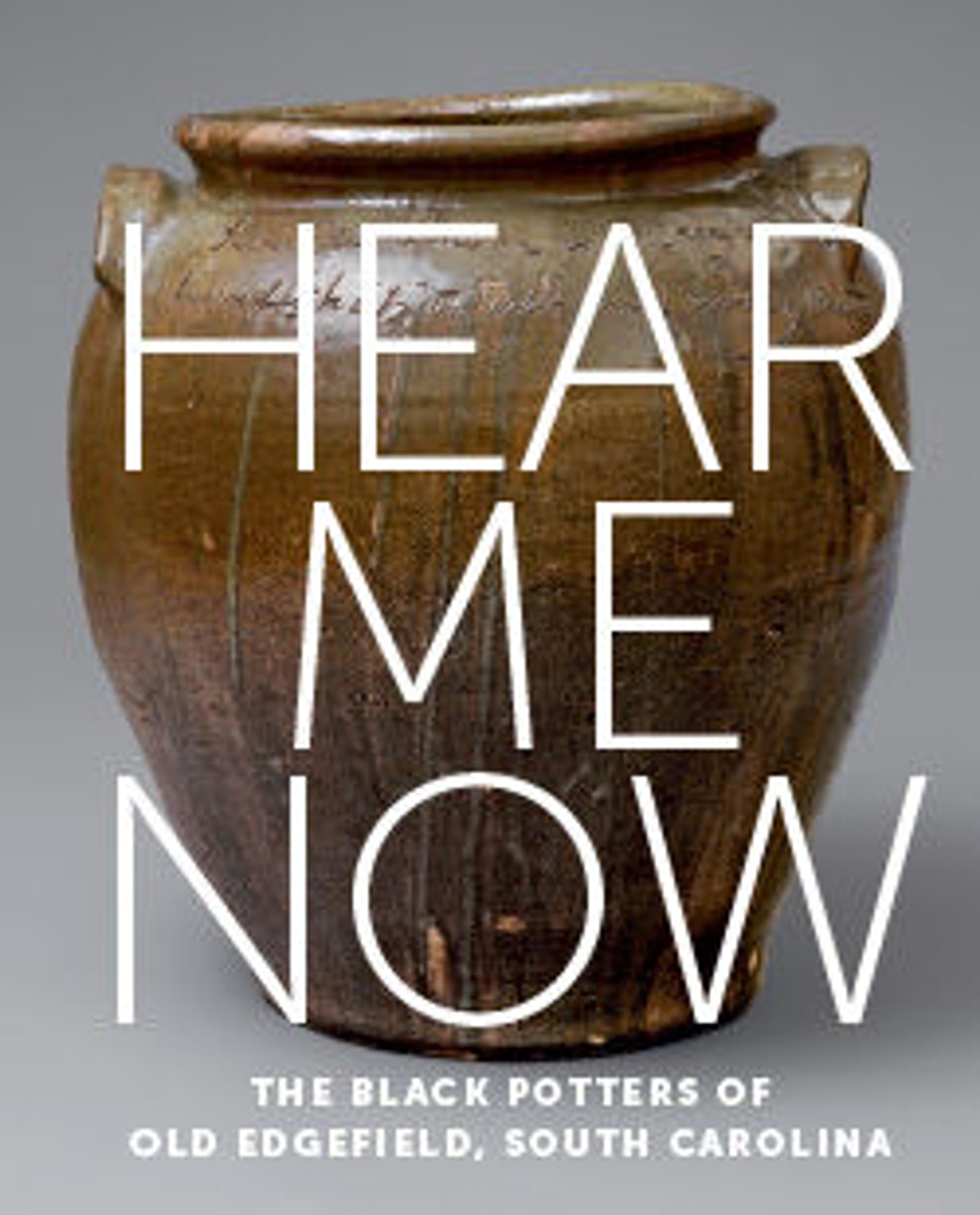"The Wilde Woman of Aiken," from the "Aiken and Vicinity" series
This racially and culturally offensive photograph captures the attitudes and stereotypes prevalent in America at the end of the 19th century. Likely made in response to Oscar Wilde’s aesthetic ideals of beauty and "Art for Art’s sake" philosophy, the image depicts an African American woman seated at a table with an Edgefield face jug displaying a large sunflower and a calla lily. It appears to have been taken at the same time as "An Aesthetic Darkey," another photograph from the same "Aiken and Vicinity" series, whose composition and title were modeled on William Holbrook Beard’s woodcut engraving entitled "The Aesthetic Monkey," featured on the January 28, 1882 cover of Harper’s Weekly, itself a satire of Oscar Wilde. The Irish-born poet and playwright Wilde traveled to the United States and Canada for an 11-month lecture tour in 1882, and garnered much attention and coverage in local press along the way. Notably, Wilde made three lecture stops in Georgia in early July 1882, perhaps inspiring Palmer’s "The Wilde Woman of Aiken" and "An Aesthetic Darkey."
Artwork Details
- Title:"The Wilde Woman of Aiken," from the "Aiken and Vicinity" series
- Artist:James A. Palmer (Irish-American, 1825–1896)
- Date:1882
- Culture:American
- Medium:Albumen silver print from glass negative
- Dimensions:6 1/2 × 4 1/8 in. (16.5 × 10.5 cm)
- Credit Line:Purchase, Nancy Dunn Revocable Trust Gift, 2018
- Object Number:2018.629
- Curatorial Department: The American Wing
More Artwork
Research Resources
The Met provides unparalleled resources for research and welcomes an international community of students and scholars. The Met's Open Access API is where creators and researchers can connect to the The Met collection. Open Access data and public domain images are available for unrestricted commercial and noncommercial use without permission or fee.
To request images under copyright and other restrictions, please use this Image Request form.
Feedback
We continue to research and examine historical and cultural context for objects in The Met collection. If you have comments or questions about this object record, please contact us using the form below. The Museum looks forward to receiving your comments.
